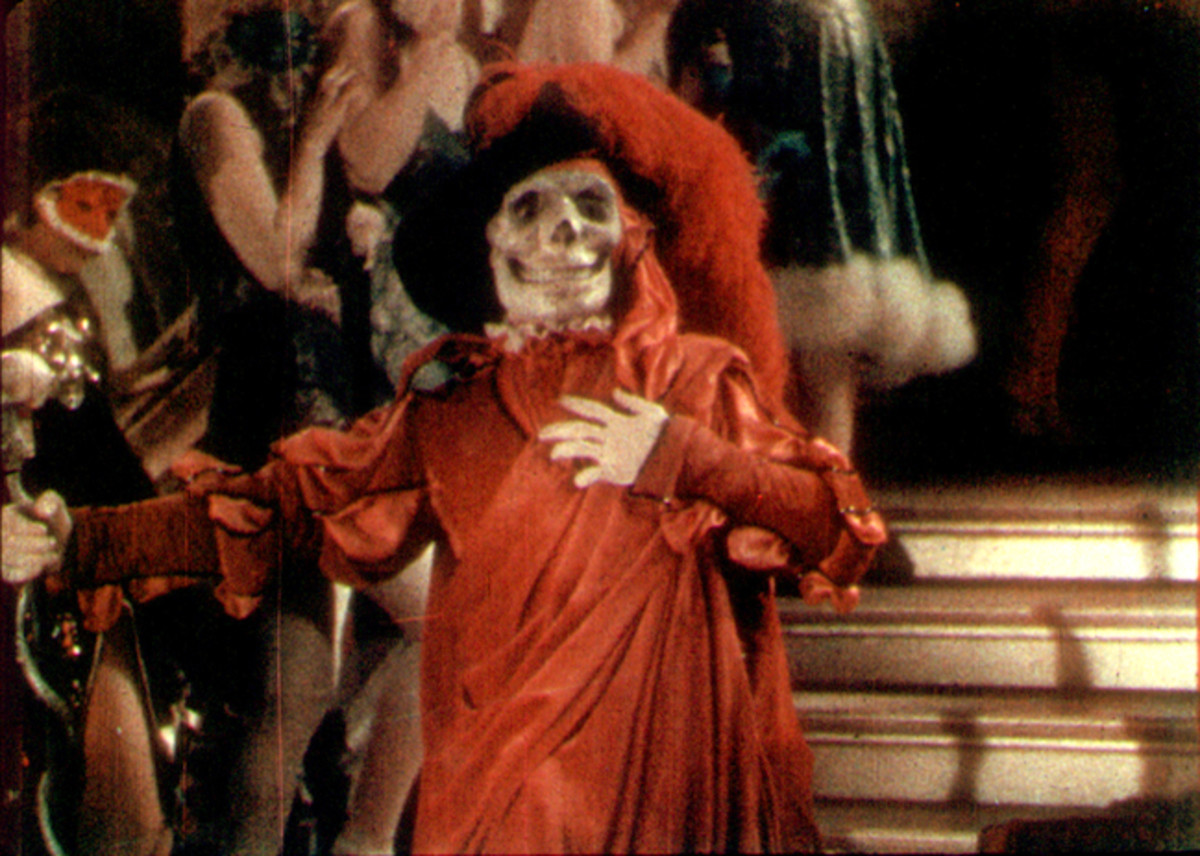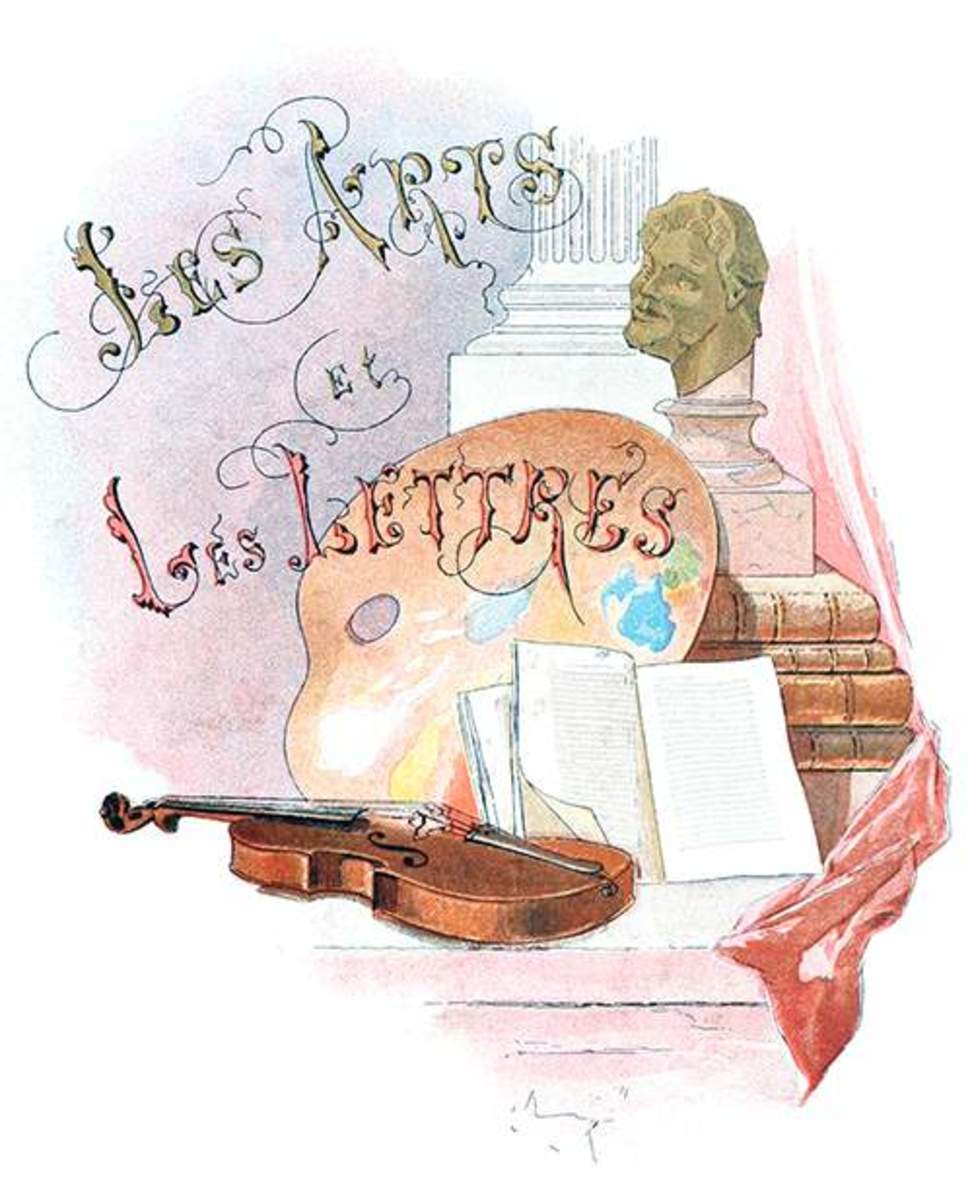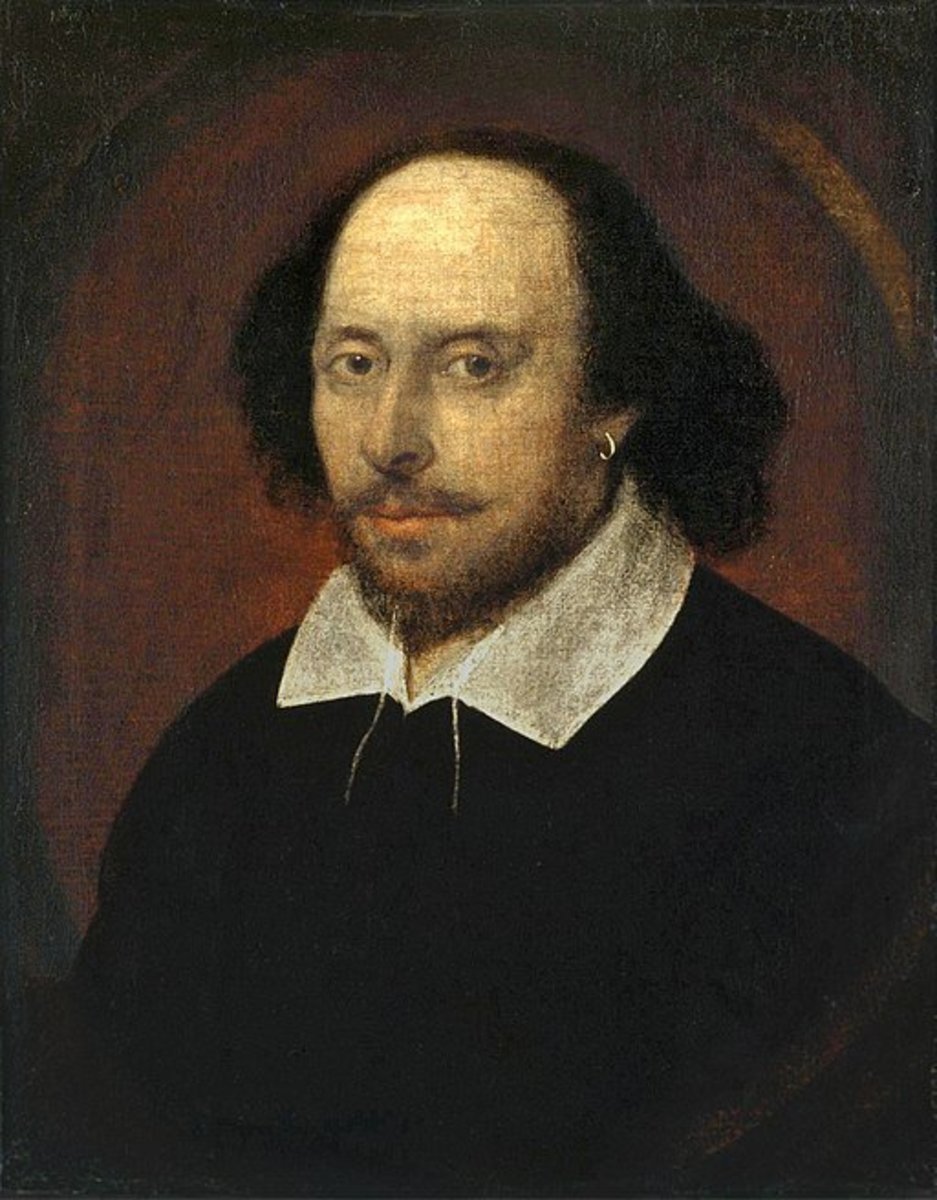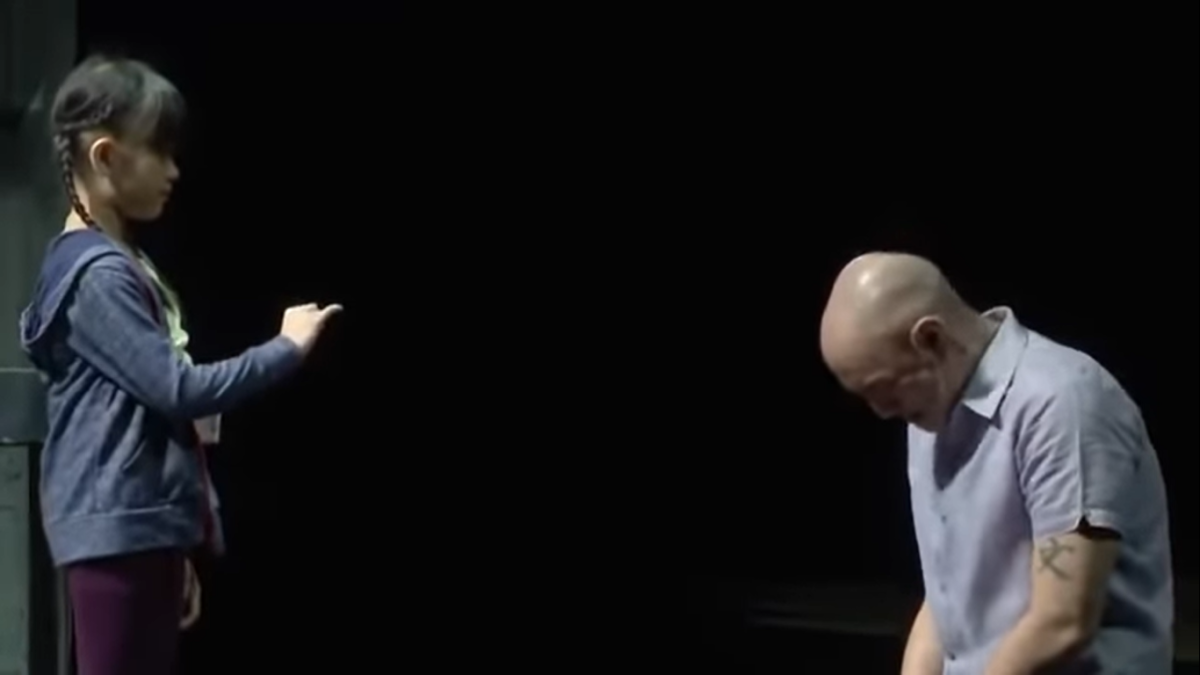The Broadway Musical Phantom of the Opera
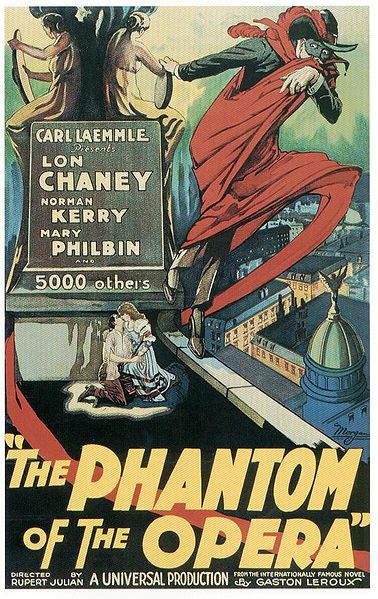
The Paris Opera House (l'Opéra Garnier)
In 1669, Louis XIV of France founded the Royal Academy of Music. He granted a license to Pierre Perrin and the Marquis de Sordéac to present operas sung in French in public.
Since 1669, there have been 13 opera houses in Paris. Some buildings were borrowed, some were temporary, some were destroyed by fire, and some existed at the same time as other buildings used for that same purpose.
Charles Garnier designed an opera house that was completed and dedicated in 1875. This building, l’Opéra Garnier (also called the Paris Opera House), is still in use today. It is the only major building from the reign of Napoleon III (1852 to 1870)—France’s Second Empire—which still exists.
One unusual aspect of the building is the lake. A lake was created deep beneath the stage area in the fifth basement. Water from the lake was employed in the operation of hydraulic stage machinery.
The lake still exists today, but it is no longer used for the original purpose. Today, the lake serves as an on-site reservoir, to be used as a source of water in the event of fire.
l'Opéra Garnier (Paris Opera House)
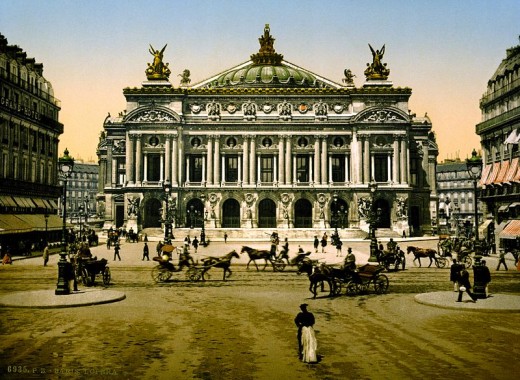
Gaston Leroux and Le Fantôme de l'Opéra
Gaston Leroux wrote a novel that takes place in l’Opéra Garnier (the Paris Opera House), Le Fantôme de l'Opéra—the Phantom of the Opera.
Leroux was born in Paris on May 6, 1868. His parents were traveling from Le Mans, France to their home in Normandy. They had to change trains in Paris and go from one station to another. Monsieur and Madame Leroux, who was nine months pregnant, were making the tedious journey on foot through streets congested with horse-drawn traffic. The couple thought they would reach Normandy before the baby was born, but Madame Leroux began having labor pains. She was rushed into a house, where she gave birth to her son, Gaston Louis Alfred.
Years later, Leroux returned to Paris to find the house in which he was born. An undertaker’s business was located on the ground floor.
Gaston Leroux was graduated from college with a law degree. Rather than practice law, he became a court reporter, investigative reporter, and roving journalist. He reported from the field at many historic events. At the same time that he was witnessing events in the field, Leroux was writing novels. In 1907, he decided to become a full-time novelist.
In 1911, Gaston Leroux published Le Fantôme de l'Opéra—the Phantom of the Opera—a horror story he was inspired to write after visiting the Paris Opera House and roaming through its lower depths. Leroux saw the lake and also the dungeons where prisoners were held several stories below ground when the opera house was used as a prison during the Franco-Prussian war.
He remembered an accident which occurred at the opera house in 1896 when one of the counterweights of a chandelier fell on the audience. Several people were severely injured, and one woman was killed. He tried to visualize the consequences of what would happen if a chandelier fell when the theater was filled with opera goers.
He remembered the rumors about a ghost, a phantom, living in the depths of l’Opéra Garnier—a being that many individuals believed actually existed…a real person.
Lon Chaney's The Phantom of the Opera Film
In the summer of 1922, Carl Laemmle, president of Universal Pictures, went on vacation to Europe. While in Paris, Laemmle met Gaston Leroux. He remarked how excited he had been to see the exterior of the magnificent opera house designed by Charles Garnier. Leroux gave Laemmle a copy of Le Fantôme de l'Opéra to read, and Laemmle stayed up all night reading the novel. By morning, he was convinced that the book should be made into a film. He wanted to shoot the film at Universal Studios, the film studio he had opened in the village of Lankershim in the San Fernando Valley in Southern California, rather than in Paris.
In the 1920s, it was cheaper to build a replica of the Paris Opera House on a stage in a film studio in California than it was to send a cast and crew to Europe. In addition, Universal was already committed to shooting another Paris-based film, The Hunchback of Notre Dame, and a large outdoor Parisian set was in the process of being built.
The star of The Hunchback of Notre Dame, Lon Chaney, was chosen to play the role of the Phantom. The Phantom of the Opera had previews in Los Angeles, California in January 1925. The premiere was in San Francisco on April 26, 1925. The film was edited and re-edited, rewritten, made into a comedy, and eventually went back to being a horror film. When the film was finally released in New York City, it was a box office success.
Andrew Lloyd Webber's The Phantom of the Opera Musical
The Phantom of the Opera is a musical theater production based upon Le Fantôme de l'Opéra, a novel written by Gaston Leroux. The book for the production was written by Andrew Lloyd Webber and Richard Stilgoe. The music was composed by Lloyd Webber, and the lyrics were written by Charles Hart, with additional lyrics by Stilgoe.
Phantom, which opened in the West End (London, England) in October 1986 and on Broadway (New York City, New York) in January 1988, is still in production in both cities. The show, seen in 145 cities in 27 countries by more than 130 million people in its first 25 years, is the most successful entertainment project in history. I can be counted among those 130 million people. I have seen Phantom of the Opera twice—at Her Majesty’s Theatre in London and at the Ahmanson Theater in Los Angeles, California.
The Phantom of the Opera has been playing at the Majestic Theatre in New York City’s Theatre District since it opened in January 1988. On February 11, 2012, one month after its 24th anniversary, Phantom became the first musical in Broadway history to surpass 10,000 performances.
Original West End and Broadway Cast Members
Michael Crawford sang the role of the Phantom when The Phantom of the Opera opened in both London and New York. Sarah Brightman originated the role of Christine Daaé in both cities.
Michael Crawford and Sarah Brightman: Phantom, Act I, Scene 5
1988 Tony Awards
Introduced by Angela Lansbury, Michael Crawford and Sarah Brightman performed at the 1988 Tony Awards.
Have you attended a live performance of the musical "Phantom of the Opera"?


